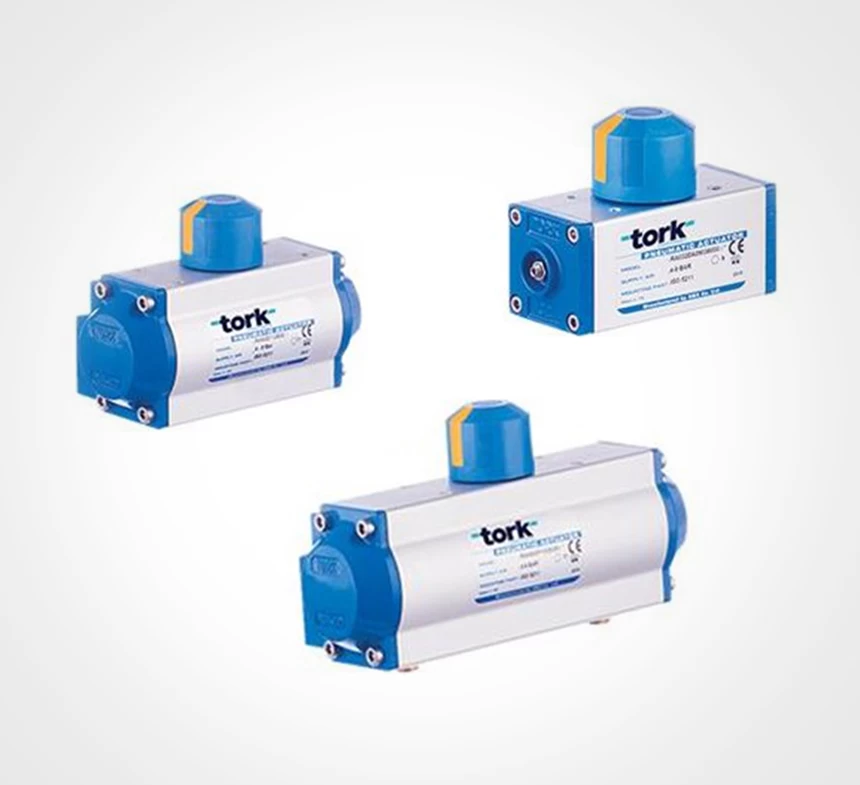Unlocking Power: Grasping Compressed Air Devices featuring Mechanical Override

In the world of control systems, pneumatic actuators play a significant role in transforming compressed air into mechanical energy. Such actuators are critical in multiple applications, from industrial machinery to system regulation, where exact movement and force are required. Yet, what happens when a system breaks down or when power is interrupted? Here is where the concept of a manual override becomes critical. pneumatic actuator & handwheel with manual override provides an vital safety net, allowing technicians to manually control the actuator in emergency situations or during repair.
Understanding how a pneumatic actuator with physical control works is essential for technicians in addition to technicians alike. These actuators not only improve operational reliability but also secure that processes can proceed smoothly even in surprising circumstances. By including a physical control option, these devices offer a balance of mechanical control and manual control, enabling users to maintain oversight over their systems when it is most critical. In this article, we will investigate the mechanics behind pneumatic actuators and the significance of incorporating a manual intervention into their design.
What is Pneumatic Actuators?
These actuators serve as devices that transform pressurized air into mechanical motion. Such actuators are widely used in multiple production applications to streamline operational tasks. Through the use of the power from pressed air, pneumatic actuators can generate linear or rotary movements, making them crucial components in processes that necessitate exact and quick actuation.
Pneumatic actuators operate based on the concepts of air dynamics and fluid dynamics. Once pressurized air is provided to the actuator, it pushes against a diaphragm or plunger, resulting in displacement. Depending on the type, pneumatic actuators can deliver substantial force with comparatively low power consumption, which is one of the reasons for their attractiveness in manufacturing industries.
These devices are available in various types, including single-acting and double action models. The single-acting actuators use air pressure in a single direction, while a mechanical mechanism brings them to their starting position. In contrast, double action actuators can operate in both, offering enhanced flexibility and control. These attributes make pneumatic actuators a critical choice for applications requiring efficiency and consistency.
Value of Manual Bypass
The manual override feature in pneumatic actuators is crucial for preserving control during urgent situations or unexpected situations. In the instance of a power failure or pneumatic system malfunction, operators can use the manual override to guarantee that processes can be carried on safely. This functionality helps prevent costly downtimes and allows for the immediate resolution of issues without the necessity for extensive repairs.

Additionally, having a manual override enhances the overall safety of the system. Operators can act directly when automatic controls may not react appropriately, particularly in urgent operations. This feature enables personnel to make rapid decisions and adjustments, thereby lowering the risk of accidents or equipment damage. In industries where safety standards are strict, manual bypasses are often obligatory to meet compliance standards.
Ultimately, the flexibility that a manual override provides enhances to the efficiency of operations. It allows for enhanced adaptability to varying conditions on the factory floor. With the ability to switch to manual control, operators can fine-tune processes or make adjustments in real-time, leading to improved productivity and superior resource management. This dual functionality not only boosts operational reliability but also offers reassurance to operators and stakeholders alike.
Applications and Benefits
Pneumatic actuators with an override feature are widely used across diverse industries, including production, automobile and agribusiness. In robotic systems, these actuators allow for precise control over machinery, allowing for efficient operation in tasks such as managing valves, managing airflow, and powering conveyor belts. The ability to take manual control of the actuator provides an essential backup, ensuring that operators can maintain control during robotic failures or maintenance activities.
One major benefit of using pneumatic actuators with manual override is improved safety. In emergency situations where automated systems may fail, operators can swiftly engage the manual override to halt processes or adjust machinery, minimizing the risk of accidents or equipment damage. This aspect allows for consistent operation even in difficult conditions, making it a critical component in safety-critical environments where reliability is paramount.
Additionally, the flexibility that these actuators provide contributes to enhanced operational efficiency. By allowing manual control when required, operators can make immediate adjustments without relying solely on automated systems. This flexibility helps to streamline processes, reduce downtime, and boost overall productivity, making pneumatic actuators with manual override a valuable asset in different applications.
